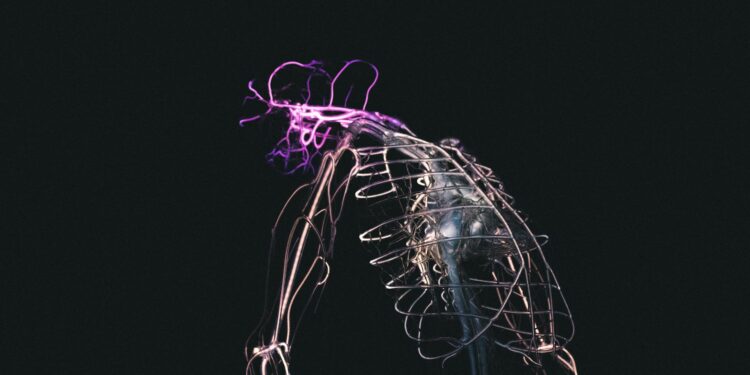Autism Rates Hit New High In U.S. Children
Roughly 1 in every 31 children in the United States is now estimated to have autism, according to a new report released Tuesday by the U.S. Centers for Disease Control and Prevention (CDC). This marks another increase in autism diagnoses, continuing a trend that has spanned several decades.
The CDC’s data, gathered from health and education records in 14 states and Puerto Rico in 2022, shows a rise from the previous estimate of 1 in 36 children in 2020. Boys are still diagnosed at significantly higher rates than girls, and the highest prevalence has been recorded among Asian/Pacific Islander, American Indian/Alaska Native, and Black children.
The CDC bases its estimates on records of 8-year-old children, since most autism diagnoses are made by that age. Although other organizations conduct their own studies, the CDC’s numbers are considered the most reliable and widely accepted benchmark.
Understanding Autism
Autism is a developmental condition rooted in neurological differences. It manifests in a wide range of symptoms, including challenges with communication, delays in learning, a preference for routines, and difficulties with social interaction. The condition falls under the broader category of autism spectrum disorder (ASD), which encompasses a variety of presentations from mild to severe.
In earlier decades, autism diagnoses were reserved for individuals with more pronounced impairments. In the early 1990s, fewer than 1 in 10,000 children were identified as autistic. But as the definition expanded to include a broader range of symptoms and severities, the numbers began to grow rapidly. By the early 2000s, the rate was about 1 in 150. That figure jumped to 1 in 44 in 2018 and then to 1 in 36 by 2020.
Why the Rise?
Experts largely attribute the continued increase in autism diagnoses to better awareness, expanded screening efforts, and more accurate identification, rather than a true surge in cases. Autism is not diagnosed through a lab test but through behavioral assessments, which can vary in interpretation.
The rise in diagnoses has led to greater availability of autism-related therapies and services. Meanwhile, researchers have investigated a wide range of potential contributing factors, including genetics, parental age, maternal health during pregnancy, and environmental exposures. However, no single cause has been confirmed, and many experts believe multiple factors are likely involved.
Vaccine Controversy and New Research Plans
Despite overwhelming scientific evidence to the contrary, some groups continue to promote the idea that childhood vaccines may contribute to autism. These theories often reference thimerosal, a preservative that has been removed from most childhood vaccines. Numerous studies, including those by CDC researchers, have found no connection between vaccines and autism.
Health and Human Services Secretary Robert F. Kennedy Jr. recently announced plans for a global research initiative aimed at identifying the causes of autism. He claimed that the effort would involve hundreds of scientists and could pinpoint specific causes within six months, ultimately allowing the elimination of related environmental risks.
Kennedy’s remarks coincided with the CDC’s latest prevalence report and were echoed by former President Donald Trump in a White House discussion. Kennedy also reportedly appointed David Geier—who has long pushed vaccine-autism claims and was previously penalized for practicing medicine without a license—to head the new research initiative. The Washington Post was the first to report Geier’s hiring.

































Discussion about this post